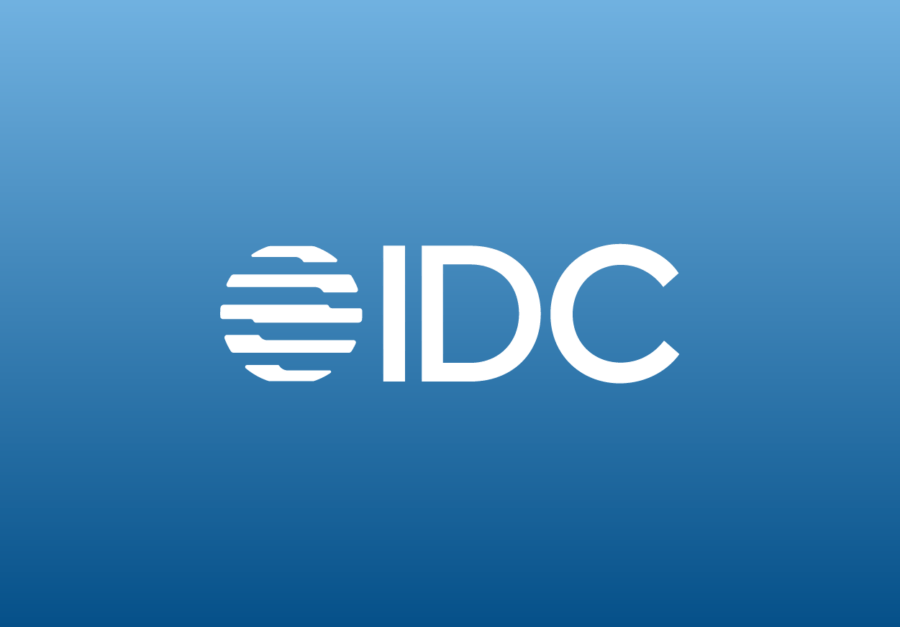Blog
Liquidity Strategies for Stronger Supply Chains

What supply chain impact did your team have to manage in the past year? In the recent webinar Mitigating Supply Chain Risk: Best Practices by CFOs and Treasurers, with Kyriba’s Bob Stark and Cenveo’s VP of Treasury Services, Benjamin Seal, the audience of 100 financial professionals was asked this very question. The results?
It’s no surprise that the majority of respondents witnessed an impact in their organization from supply chain issues. It’s been a major news story for months across all mainstream media. Perhaps the bigger surprise is how the supply chain is increasingly becoming a leading storyline in treasury departments. “Supply chain risk is not traditionally considered a treasury problem, but quickly becomes a problem for the whole organization, especially for treasury,” Seal explained.
73% Updated Forecasting Models as a Result of Supply Chain Issues
What is the treasurer’s role in the supply chain? Seal views his treasury team primarily as a business partner with the rest of the organization, and especially procurement. Even beyond that, treasury has developed a strategic partner “mode” with vendors: when vendors implement price increases, for example, cash forecasting must also reflect those changes. Having a relationship not only with procurement but with vendors becomes crucial to manage new scenarios and their impact on liquidity. Cenveo, for example, experienced five price increases from vendors in 2021. Any impact of 1-2% on costs has a substantial ripple effect for liquidity. A small price increase from a major vendor requires you to adapt your forecasting. It is clear why 73% of respondents indicated they had to update their forecasting models as a result of supply chain issues.
It is possible for supply chain disruptions to have a positive impact on revenue, also resulting in the need to adjust forecasting. For example, the pandemic brought upon new revenue sources for many businesses. For Cenveo’s position in the envelope and label manufacturing, warehousing and distribution Industry, with more people purchasing goods and services online, there was a much greater demand for shipping labels. Greater revenue also means the need to rebalance cash forecasting.
55% Managed New Liquidity Scenarios in the Past Year Due to Supply Chain
One of the leading indicators of when treasury has to model new scenarios is “Days Left to Survival.” This metric looks at cash and liquidity to see when expenses will outpace revenues, and liquidity decisions are necessary. How many days of survival do we have if our supply chain has problems? Supply chain disruptions take treasury out of the cash management role, which tends to be reactive, and into a more strategic role. With 55% of respondents having to manage new liquidity scenarios in the past year, the need for treasury to be proactive with the scenarios, not reactive, is greater than ever.
Strategies to Inject Liquidity into the Supply Chain
When disruptions occur, it is in the best interests of both supplier and purchaser to keep cash in the supply chain to avoid more catastrophic results. Early payment of invoices is one way to do this. Generally, there are three types of working capital solutions that corporates employ:
- Purchase Cards: A buyer-initiated program to offer early payments to suppliers in exchange for using credit cards. A lot of vendors/suppliers don’t want to pay the high cost of acceptance of credit cards on large orders but may allow it in exchange for early payment.
- Dynamic Discounting: Scenario where the buyer offers early payments in return for dynamically calculated discounts. In this instance, the buyer uses its own liquidity to obtain the discount, not a purchase card.
- Supply Chain Finance: The buyer and a financing partner create a facility for early payment that is structured as early payment financing rather than invoice discount. Here, the third-party financer pays the supplier, and the buyer pays the financer later.
Cenveo started using these last two techniques very successfully in 2021. When cash positioning is strong, dynamic discounting has allowed Cenveo to put idle cash to use. Supply chain financing has allowed Cenveo to still use financing options but does not hurt its suppliers with high purchase card fees or discounts. Suppliers appreciate this, and it strengthens the relationship, positioning treasury as a strategic business partner both inside its own organization and beyond.
MK Donnelly is Kyriba’s Director of Client Marketing. In addition to curating content and producing Inside the Vault, Kyriba’s client newsletter, she also works closely with clients, developing success stories, uncovering key challenges and positive business outcomes from their Kyriba deployment.












